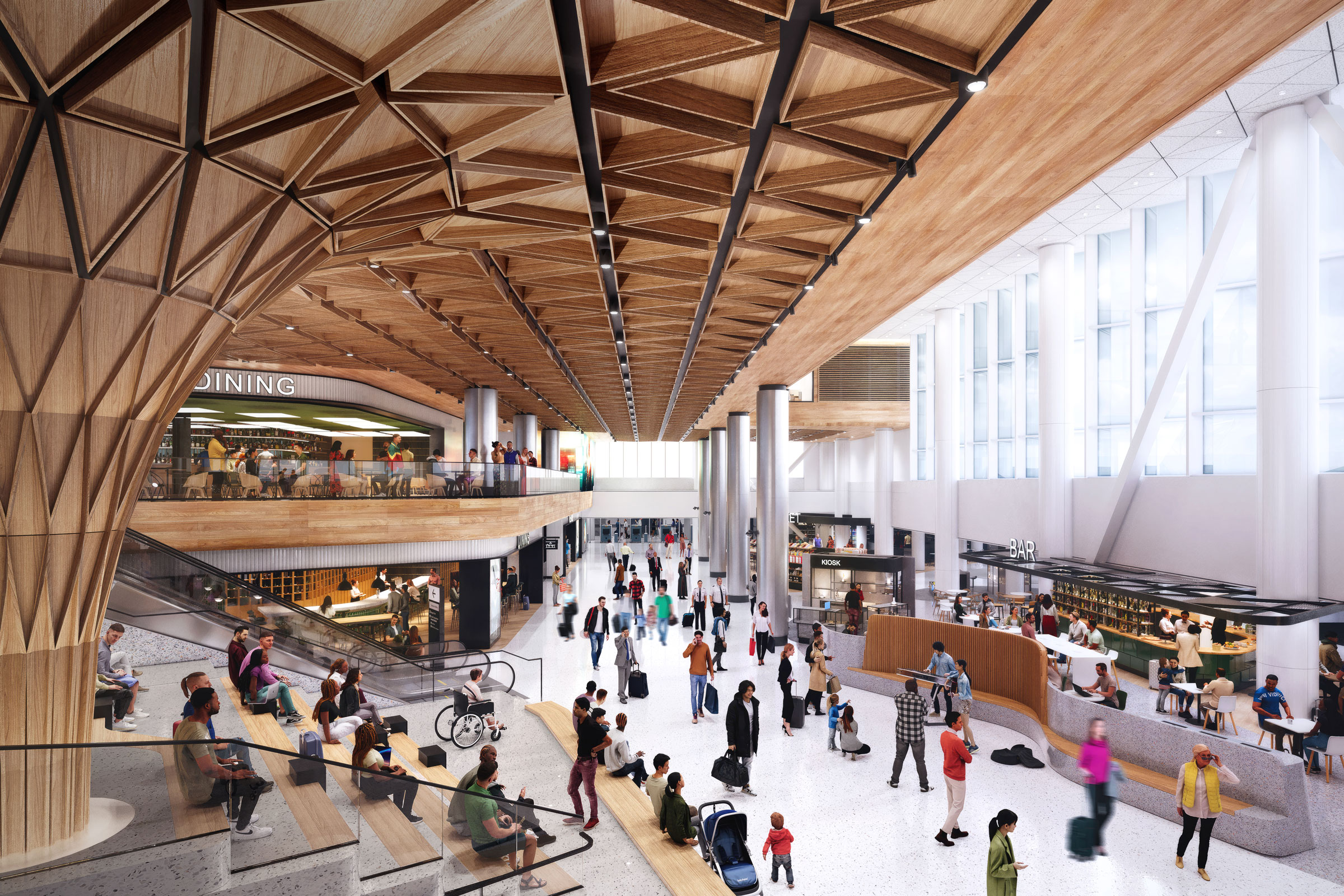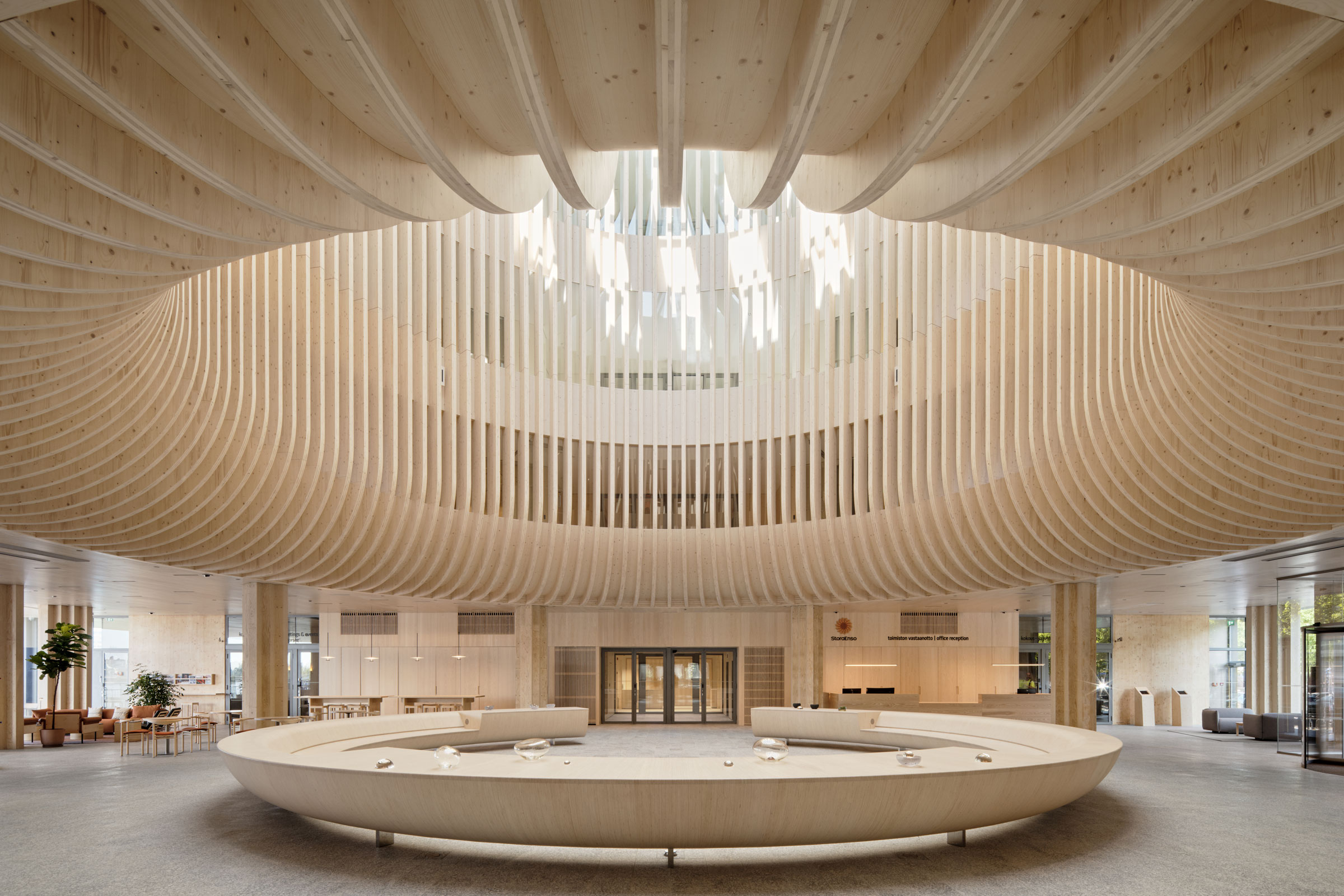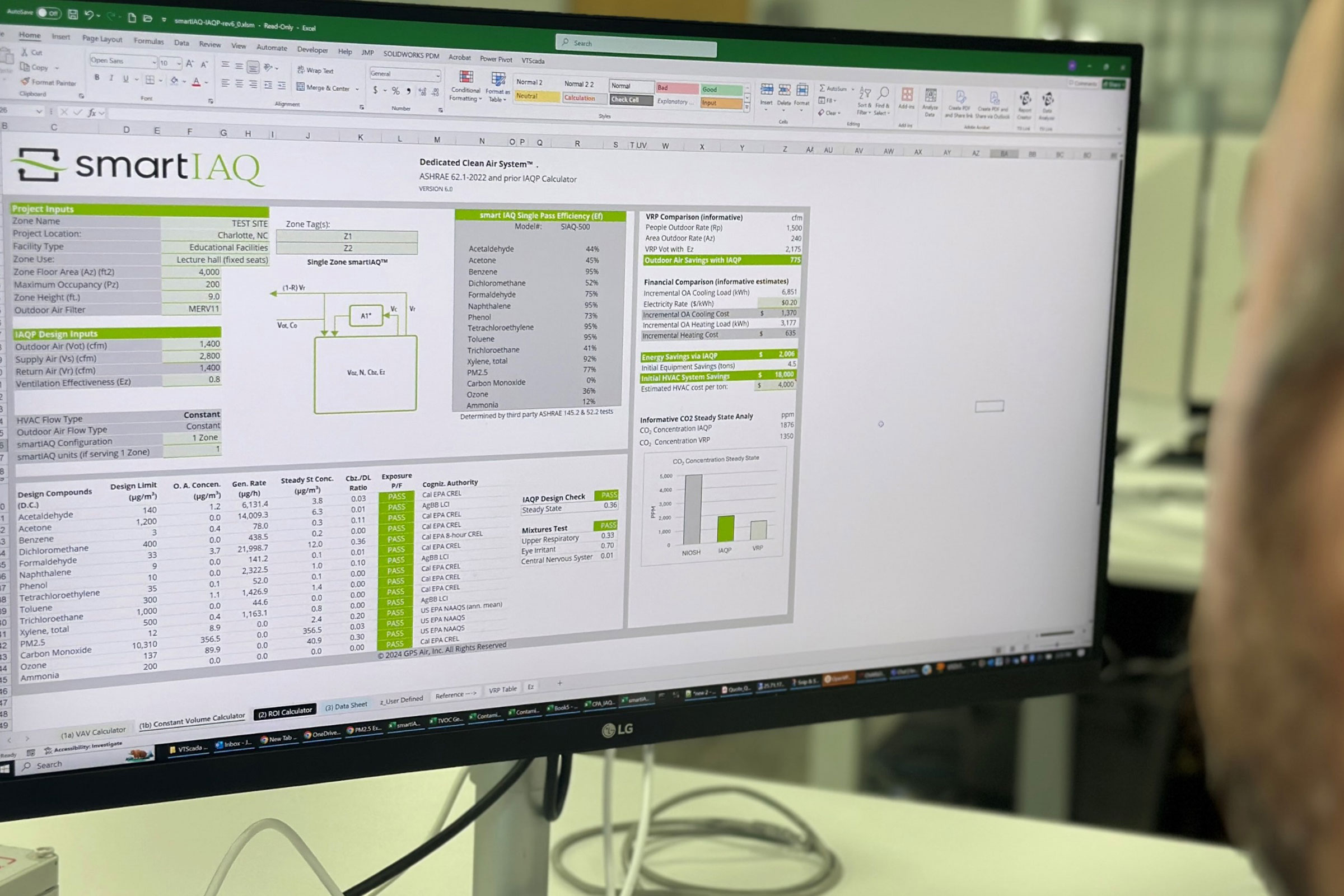Story at a glance:
- Biophilic design is central to an expansion at this major airport.
- The Sea-Tac C expansion is being developed by The Miller Hull Partnership & Woods Bagot.
- The project emphasizes access to light, air, and nature.
Work is ongoing on the C Concourse Expansion, or CCE, at Seattle-Tacoma International Airport. The project is expected to be complete in May 2026—before the World Cup comes to Seattle in June. The start of structural steel delivery, to add four new floors to the existing three-story building, began in fall. It’s one of many exciting sustainable projects ongoing in Seattle.
The design by Miller Hull and Woods Bagot is inspired by the beauty of the Pacific Northwest and will elevate the passenger experience. The project will create a new passenger gathering and amenity hub at the base of the concourse.
“The CCE will provide 10 new dining and retail venues, six new retail kiosks, airline office space, and a two-story airline lounge,” says Rich Whealan, principal at Miller Hull. Amenities will also include an interfaith prayer and meditation room, sensory room, nursing suite, and an outdoor deck area to overlook airside activities.

Rendering courtesy of ERA-co
The Port of Seattle, which owns and operates the airport, is working to be the greenest and most energy-efficient port in North America. CCE is the first project to apply the Port of Seattle’s new Sustainable Project Framework and sets the precedent for all future capital projects. Sustainable features include rooftop photovoltaics, fossil fuel–free systems for heating and hot water, electrochromic glazing for windows, dishwashing capabilities for vendors reducing the need for disposal dishware, embodied carbon reduction strategies, low-flow water fixtures, and biophilic design principles.
Whealan is perhaps most excited about the dynamic glass tinting of the folded facade. “The folded facade is a series of vertical ribbons of glass that alternate between south-facing and west-facing exposures and provide controlled daylight to the building interior,” he says. “Creating this folded pattern allows for more daylight to enter the building and be optimized during the day. On sunny mornings just the south-facing glass ribbons will tint while west-facing glass ribbons can remain clear. This will shift throughout the day and reverse during late afternoon and evening hours when the west-facing glass will be tinted and south-facing glass will be clear. On overcast days when solar glare isn’t a concern, and during the evening hours, all glass panels of the folded facade can be clear, creating the highest level of transparency and connection between inside and outside.”

Rendering courtesy of ERA-co
Whealan says airports are largely becoming more sustainable. “Sometimes this is driven by agency goals, like the Port of Seattle’s Century Agenda, or by limitations to infrastructure capacities. In either case we’re seeing clients wanting to explore options and rewarding creative innovation.”
The project itself promises plenty of activity and excitement when complete. A public lookout on the third floor is a secure outdoor space that connects passengers with the sights and sounds of an active airside environment, while the Grand Stair seating area overlooks a live performance venue.
Wood and natural stone terrazzo are among the sustainable building materials used in the project. Miller Hull has collaborated with Woods Bagot on the architectural design of the CCE project, and Woods Bagot has led the development of the wood features inside the building. “The use of wood provides a warmth and character emblematic of the Pacific Northwest and welcomes passengers to enter and linger within this active hub,” Whealan says.
There is no natural gas piping to the building. Instead the building is heated through the use of dedicated air source heat pumps on the roof. A 500kVA rooftop photovoltaic array will provide up to 11% of the building’s annual energy demand. The project is targeting LEED Gold.




